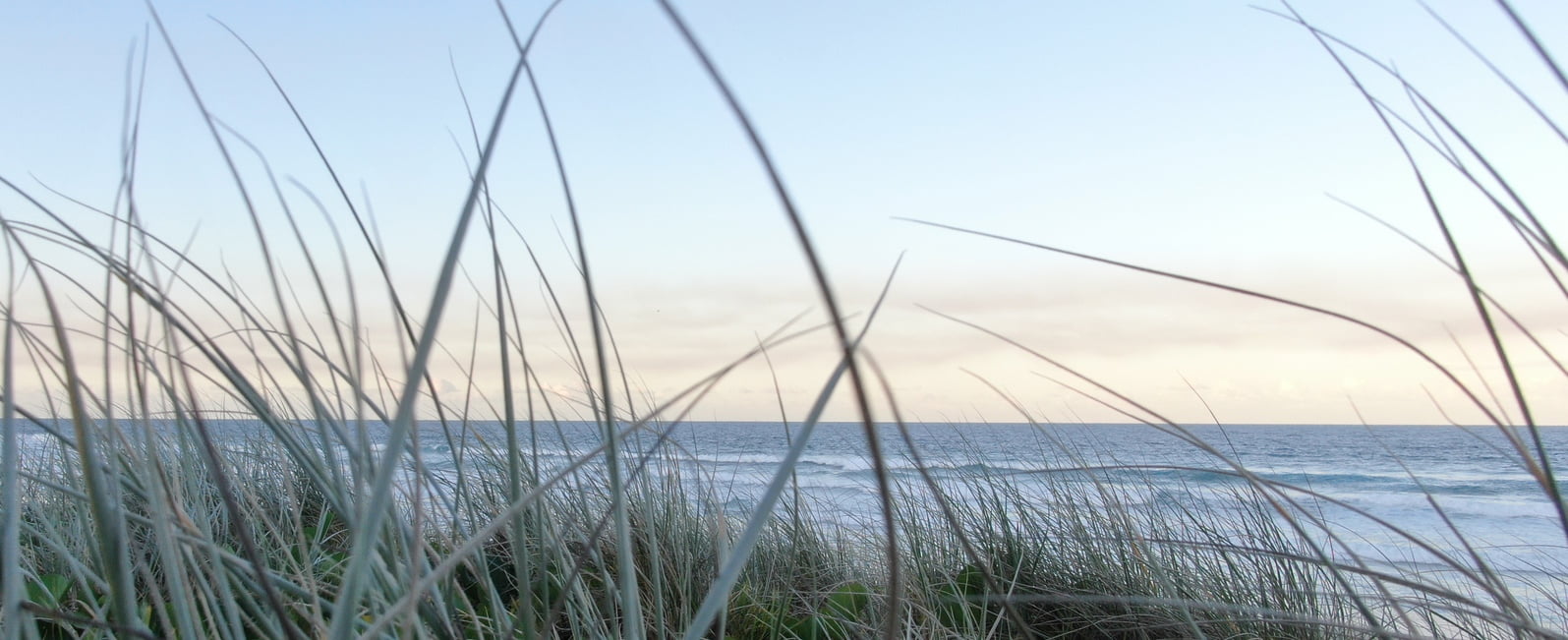“The trouble, at least on the surface, seems that any government department would rather spend a dollar on simulation than a dime on in-service testing, and the simulation frequently misses vital points while stressing irrelevancies.”
… from a reader of this web-blog

 Jennifer Marohasy BSc PhD is a critical thinker with expertise in the scientific method.
Jennifer Marohasy BSc PhD is a critical thinker with expertise in the scientific method.

Examples please …
Simulations are very useful for complex situations, where all of the possible responses are not immediately intuitive.
In such situations (i’d wager that the kind of problems and issues govt departments must deal with are frequently very complex), a carefully built model and simulation could highlight what *is* relevant but not immediately intuitive, while challenging the ‘common wisdom’ that has previously stressed intuitive but largely irrelevant factors.
Also, in many cases for complex problems, its a dollar for in-service testing and a dime for simulation, rather than the other way round. This is especially the case when you are dealing with huge sample sizes or large systems, that take some effort, time and money to comprehensively monitor.
Environmental bureaucracies in tropical north Queensland would rather spend a dollar on simulation than loose millions on a capital grants project.
James Cook, Griffith and Queensland Universities, Wet Tropics Management Authority, Queensland Parks and Wildlife Service, Department of Natural Resources, Mines and Energy, Tourism Council Australia, the Alliance for Sustainable Tourism, Balkanu (the operational arm of the Cape York Land Council), the World Wildlife Fund Australia and CSIRO Wildlife & Ecology, constitue the Cooperative Research Centre for Tropical Rainforest Ecology Management or Rainforest CRC.
It has effectively argued that it is the most appropriate organisation to independently advise government on Daintree land use issues, by amongst other things, “Utilising appropriate modelling expertise as a framework for evaluating scenarios in a multi-objective, decision-making framework with feedback loops”.
As the local community foreshadowed, the multi-million-dollar windfall of visitor facility and infrastructure funds under the $23million Daintree Rescue Program left Queensland government departments without recurrent funding for maintenance and operational costs.
In seeking alternative funds, CRC collaborator – CSIRO – extensively surveyed self-drive visitors at the Daintree River Ferry to determine visitor willingness to pay additional costs on the ferry for the value of the experience beyond its actual cost (or what was described as “consumer surplus”).
The survey results not only theorised that price elasticity could be translated into policy for managing the Free and Independent Travellers (FIT) traffic volume to the destination by varying the price for a ferry crossing, but also identified an annual consumer surplus in excess of $2million.
It stated: “If some of this consumer surplus could be captured and added to the region’s rent from its natural resources, significant efforts into managing and preserving the heritage and environmental attributes of the destination could be funded.”
Through logic that is difficult to follow, the survey report concluded that the mean response to visitor willingness to (hypothetically) pay higher fees on the ferry, was equivalent to “the expectation that FITs bear a substantial consumer rent obligation for their trip to the Daintree rainforest area north of the Daintree River of, on average, $40 per vehicle.
As it turned out, the ‘capture’ was illegal and yet despite the hundreds of thousands of dollars illegally seized, not even a whisper of criminal charges.